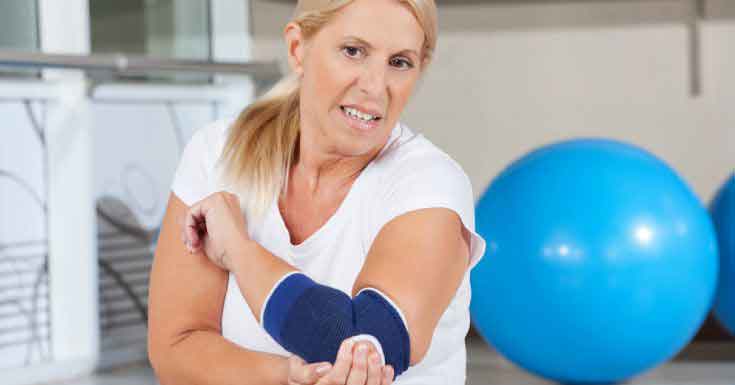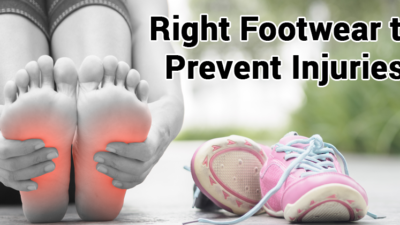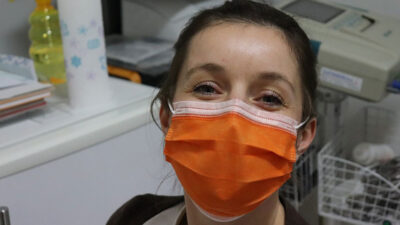It is said that “Excess of anything is bad”. This proverb fits for exercise too. Everybody knows that physical exercise is necessary to keep one healthy and strong to enjoy the good life. Regular exercise is not less than a blessing as it showers a lot of benefits on your health.
You can minimize the risks of cardiac arrest (heart attack), strokes, which may lead to early death. If you are pondering that these benefits are not compelling for you then have a look in a report published by Harvard Medical School[1].
The report claims that regular exercise provides a strong shield against HTN (hypertension/ high blood pressure), obesity, cognitive deficits, diabetes, and cancer of colon, breast, and prostate. But it’s one side story.
Exercise Causes Joint Pain: Myth And Reality
Another side of the coin of exercise: you have seen many of us grumbling about injuries after exercise. These risks of injuries vary from person to person and vary with the nature of your physical activity. Maybe someone complains about joint pain after exercise and others about muscle tightness.
For me, it’s maybe hip or ankles joint and for you, it may be knee or shoulder joint suffering from pain and inflammation after exercise. That’s why sedentary people use arthritis as an excuse for exercise and give a grimace of pain when they are asked to do some exercise.
I am sure you are thinking that:
Should I Do Exercise Despite all these risks?
But I will say it’s a myth to generalize the association between exercise and joints. I have seen many elderly adults without arthritis although they have been active since long. According to Professor Patrick McNeil- an eminent rheumatologist mostly exercise do not wear out your joints[2] and it is better to be active than to opt out of the exercise.
Because it gives you more benefit than harm by giving protection to joints in all and sundry equally.
How Exercise Causes Joint Pain?

Before understanding the science behind the relationship between exercise and joint pain, I will give you a brief overview of physiology anatomy (internal structure) of a joint.
A joint is a point where two or more bones meet. Some joints are Immovable, Some are partially movable and mostly joints are freely movable. We walk, run, jump, lift the weight, and go up & down stairs because of these joints.
At the ends of long bones, there is a layer of soft and slippery connective tissue called Cartilage and a thin layer of fluid called Synovial fluid. Both of these entities reduce friction and allows the bones to move and slither smoothly when we move our joints. As we advance in age, cartilage adjusts itself according to movements of the joint and undergo to wear and tear.
Wear and tear of the cartilage cause pain in joints. However, exercise smoothen the movement of a cartilage, make it thicker, healthier and increases synovial fluid between the bones but when we overuse the joint and apply too much stress in short interval (during strenuous exercise especially), it causes damage to the cartilage and ultimately increase the friction between the bones which induces inflammation (in severe cases) and pain in joints.
It happens when damage is more and repairing efficiency of your body is slow. Other reasons may include:
- Serious injury (stresses induced sprain)
- Joint dislocation (subluxation)
- Synovitis (may be caused by trauma)
When Joint Pain After Exercise Becomes Alarming?

Usually when we start exercise after a long time or we are not accustomed to perform physically with strenuous work, we feel pain in muscle (DOMS Effect[3]) and joints after one or two days of exercise.
This pain is a good indication that our body is repairing and adjusting itself. That’s why when we start to do exercise regularly, this pain vanishes. The conditions become worse when you have an injury and you do not let your body repair, it will lead to chronic arthritis.
But the condition becomes more alarming when you have Persistent joint pain:
- Before exercise
- During exercise
- After exercise
- After one or two days of exercise
It indicates that you may have early stage arthritis.
Which Joints are Affected by Exercise?
Exercise itself causes no as such harm but overuse of a joint may cause injury. So it depends upon your exercise.
You are a runner, football player, swimmer, athlete, boxer, cyclist, weightlifter or do labor work all the day.
What is the Treatment of Post-Exercise Joint Ache?

If you have no chronic pain, inflammation or tenderness in joints and it is just sore after minor injury, you can work with home remedies e.g.
- RICE
- Hot water/ compress
- Gentle exercise by stretching all the day without pushing past your pain
- Over the counter NSAIDs e.g. ibuprofen
- Avoid stressful exercise until and let your body to repair
But post-exercise joint pain can be an alarming indication for early arthritis so don’t ignore this pain and don’t let it to be the cause of some serious problems.
There are 2 ways you can treat it:
- To control chronic inflammation
- Proactive treatment with platelets
1. How To Control Chronic Inflammation?
If you have inflammation on joints after exercise, it doesn’t mean it is an alarming because sometimes inflammation is indication[4] of repairmen by body itself. In this sense, it could be good because it allows our body to remove apoptotic cells.
That’s why the sometime use of NSAIDs (Non-Steroidal Anti-Inflammatory Drugs) to remove inflammation is not considered a good idea.
But when this inflammation persists and becomes chronic, it causes more harm and damage to our joints which may limit the mobility of joints. You can overcome inflammation by
- Lowering weight (if you are obese)
- Take healthy diet with anti-inflammatory components
- Use supplements (glucosamine and chondroitin)
2. Treat With Platelets

Proactive treatment with platelets (blood components) has fruitful results for getting rid of joint pain after exercise. In the platelets, there are growth factors which play an important role in healing process in the body.
Read More: Arthritis Joint Pain: How To Cope With Arthritis Joint Pain
Conclusion
A Healthy body has Health joints. Exercise is a necessary evil for the body with more good than harm. So before starting exercise, warm up yourself and adopt good techniques for your physical activities.
Feature Image Credit: Shutterstock.com
Inpost Image Credit: Shutterstock.com







 This article changed my life!
This article changed my life! This article was informative.
This article was informative. I have a medical question.
I have a medical question.
 This article contains incorrect information.
This article contains incorrect information. This article doesn’t have the information I’m looking for.
This article doesn’t have the information I’m looking for.